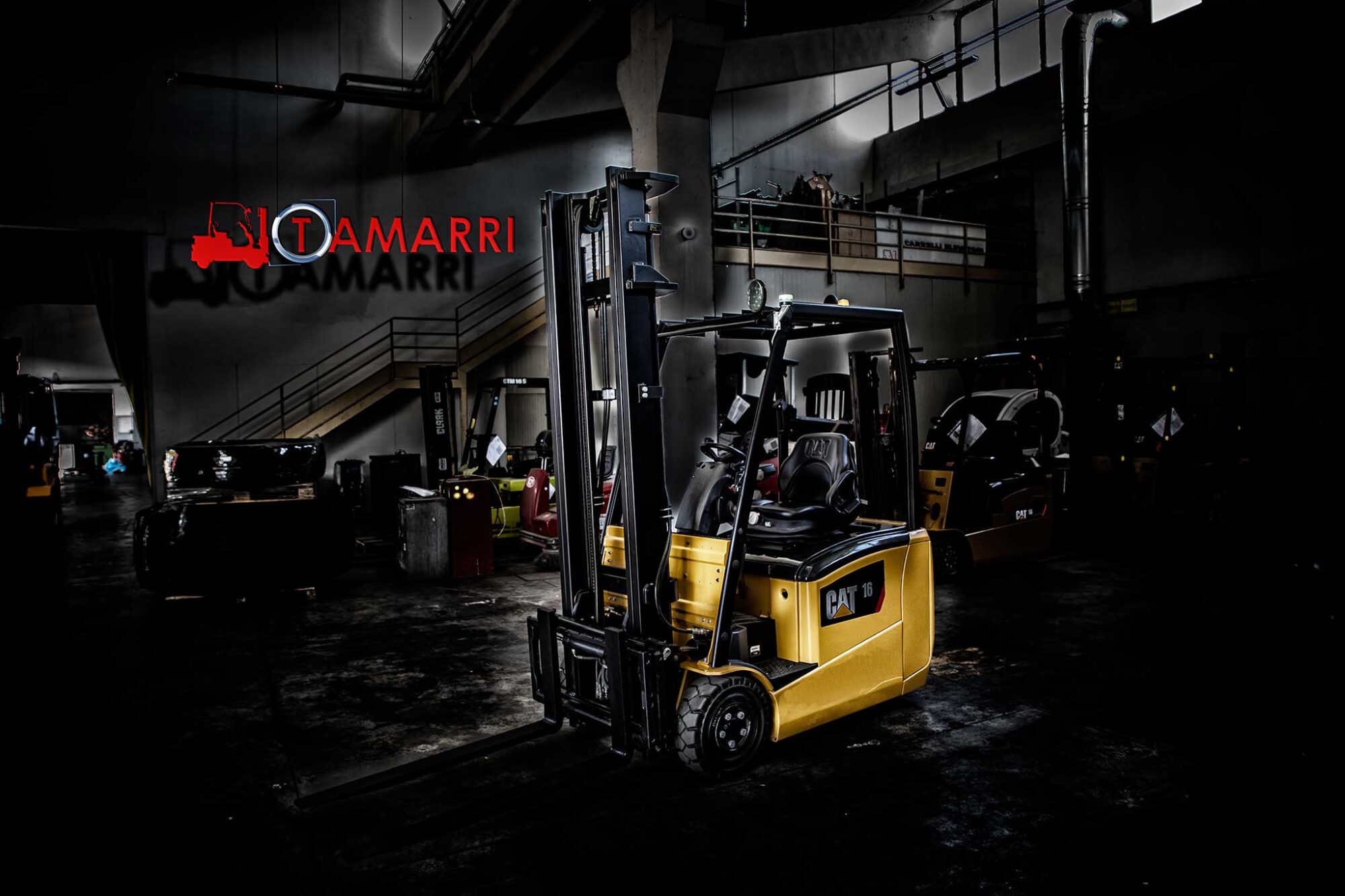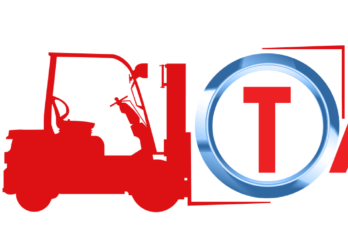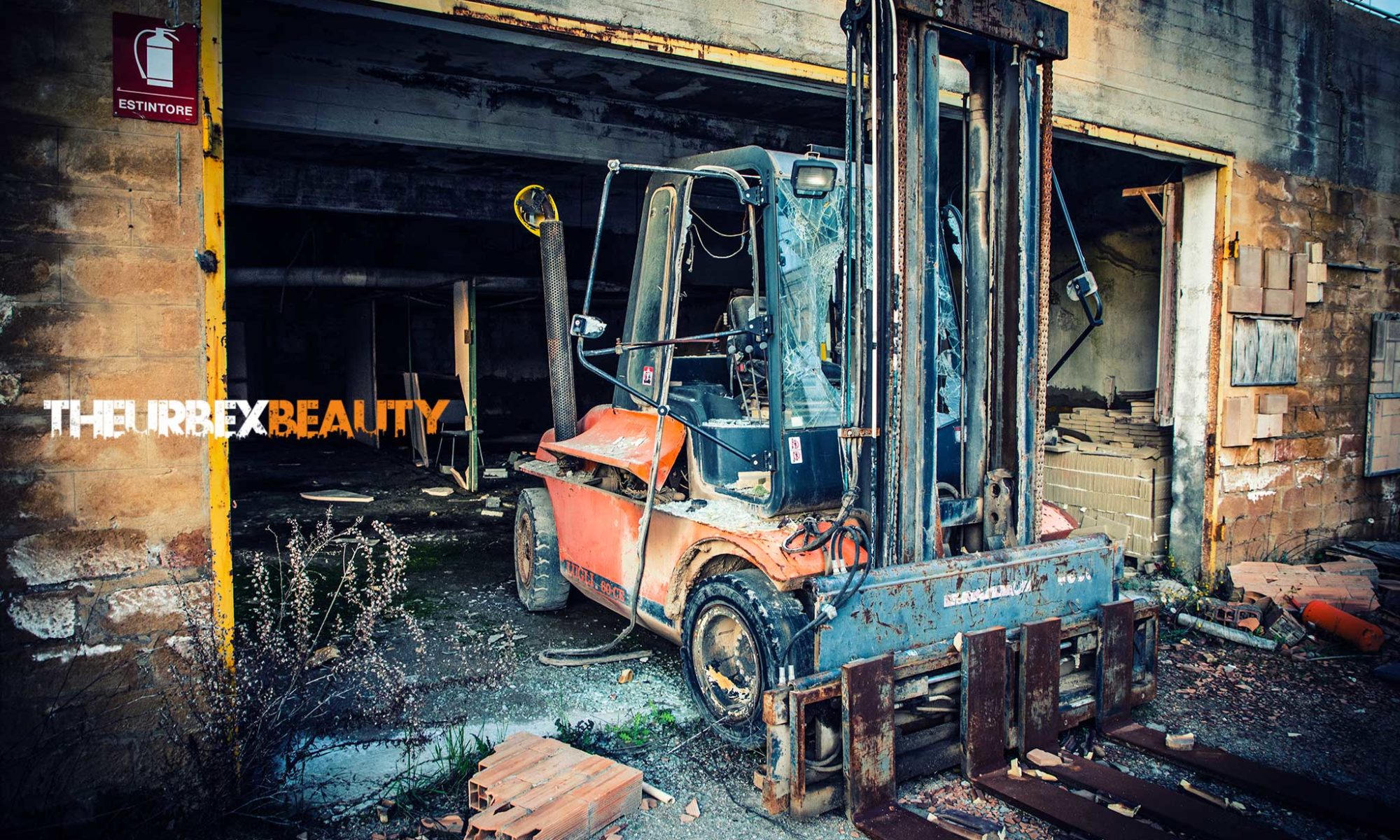Forklifts or warehouse machines, although increasingly strong and sophisticated, do not have an eternal life. Depending on the frequency of application there comes a time when they wear out and need to be replaced, sooner or later. What are the symptoms of damage or wear? On What aspects should those who use them focus on?
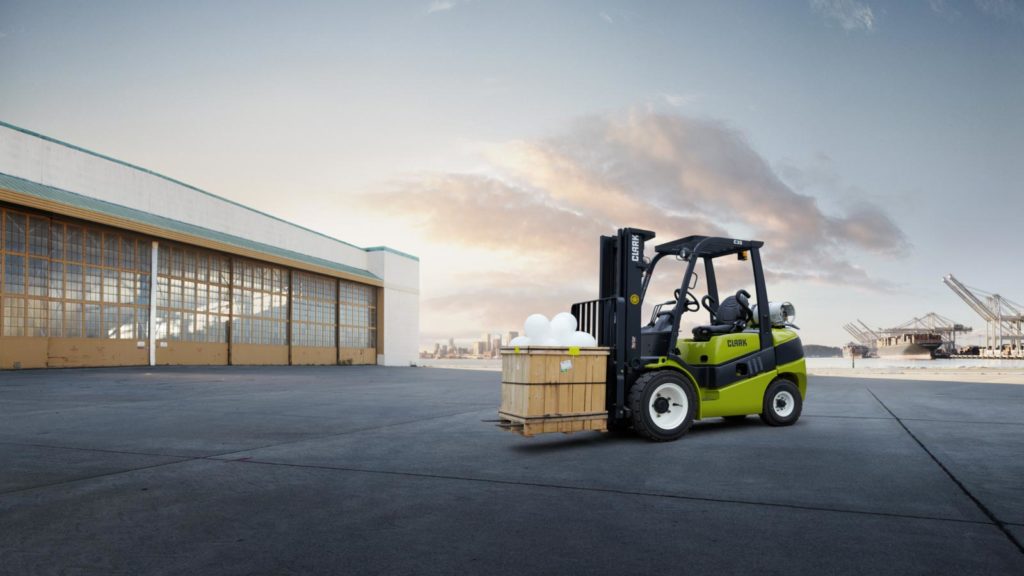
Essential tools
Over time, forklifts have been used in various sectors of activity and this has required several technical and constructive evolutions to be increasingly adequate and efficient, in order to deal with individual needs and functions.
Forklifts, as they are more colloquially defined, have become indispensable in certain sectors, thanks to the high performance they are now able to offer.
For this they must be conducted and used in a responsible way. As for the management aspect, it is not surprising that a specific qualification is required. The forklift driver, in fact, adequately trained, is a professional figure who uses the trolley in conditions of maximum safety, whatever the production need.
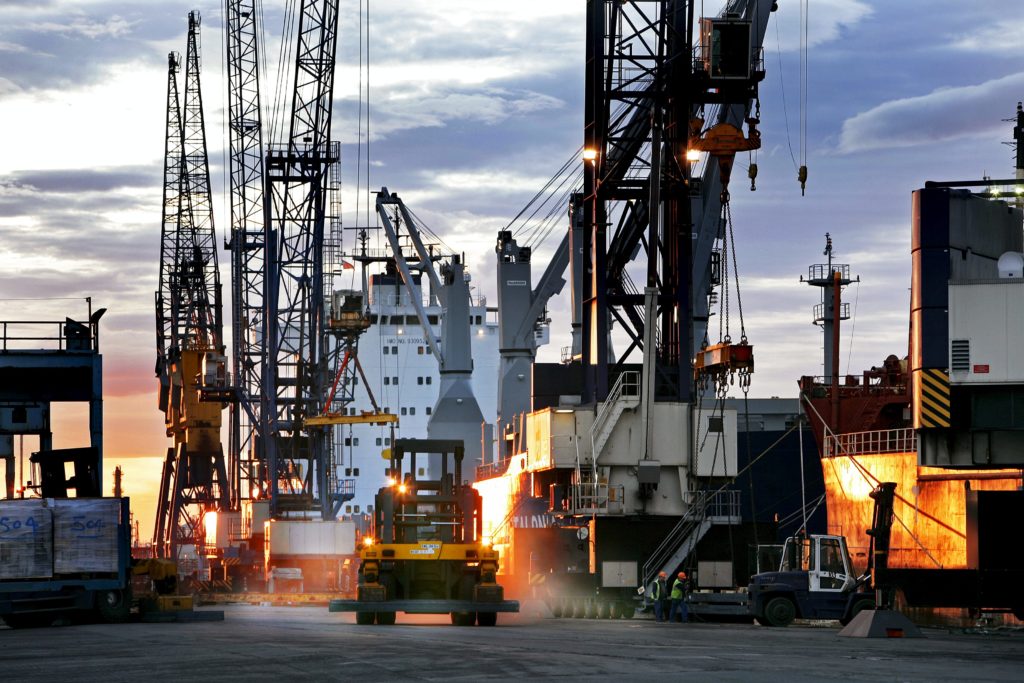
However, for the use of the forklift truck not to cause risks, it is not enough that the forklift driver is trained, qualified and professionally structured, it is necessary, and should be taken for granted, that the vehicle he drives is well functioning in all its parts: that is, they must not show wear or damage that could compromise efficiency also and above all in terms of safety.
So let’s try to understand what are the aspects that require more attention for a complete and responsible analysis of the maintenance process
APPLICATION INTENSITY
It is easy to understand that the number of hours of use of a machine makes the difference.
Over the 10000 hours of life, frequent maintenance must be expected. For this reason, many rental contracts have a duration ranging from 60 to 72 months, or from 5 to 6 years, with an average of 1750 to 2000 hours of use per year.
 At the end of the contract it is very likely that, also in relation to the type of forklift, engine and gearbox may require more attention and overhauls, and the brushes for the electric motors need to be replaced.
At the end of the contract it is very likely that, also in relation to the type of forklift, engine and gearbox may require more attention and overhauls, and the brushes for the electric motors need to be replaced.
THE WORKING ENVIRONEMENT
A fundamental element to consider is the environment in which the forklift is used: a “forklift” that works intensively in a saline environment or at very high temperatures, for example next to hot furnaces, after a few years, will certainly look very different from that of a machine that only occasionally unloads pallets with light goods in “neutral” environments.
Collisions, dents, rust, burns, are those external and visible details that reveal that the car may have other less superficial and visible problems.
It is at this point that we must ask ourselves if all the seals are still intact, and in what state are the bearings and the crucial welding points.
CHAINS AND FORKS
Chains and forks are two components that are highly subject to wear, which is why they require precise and constant attention.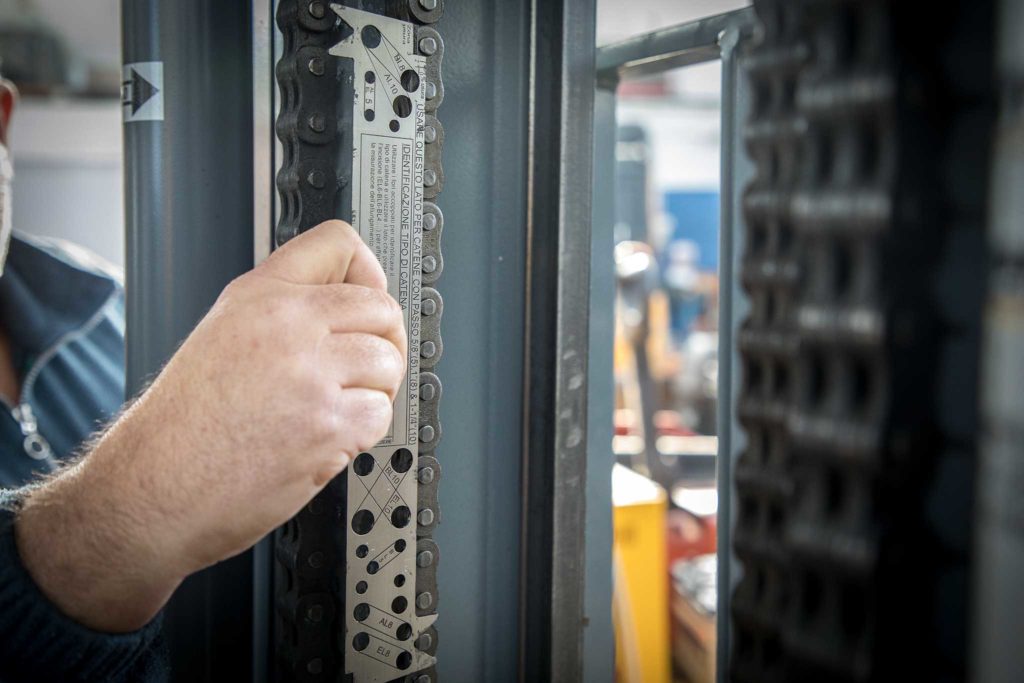
The forks should remain totally straight, undamaged anywhere, and with no sign of failure detectable by the presence of small cracks. In particular, the ‘heel’ curve must be subjected to careful care and regular inspections so that it does not reach a high level of wear.
“MEASURE” THE WEAR
Finally, a chain is always subject to elongation during use. Once it reaches a certain length, it will have come to a point where continuing to use it could be risky.
For this the degree of extension must be measured by the service technician who will also assess whether the chain needs to be replaced.
But, the forklift is a system, and if you replace the chain, it is important to check the wheels and rollers as well.
If you add to these aspects the probable wear of various parts of the mast, it may be more prudent to replace the forklift.
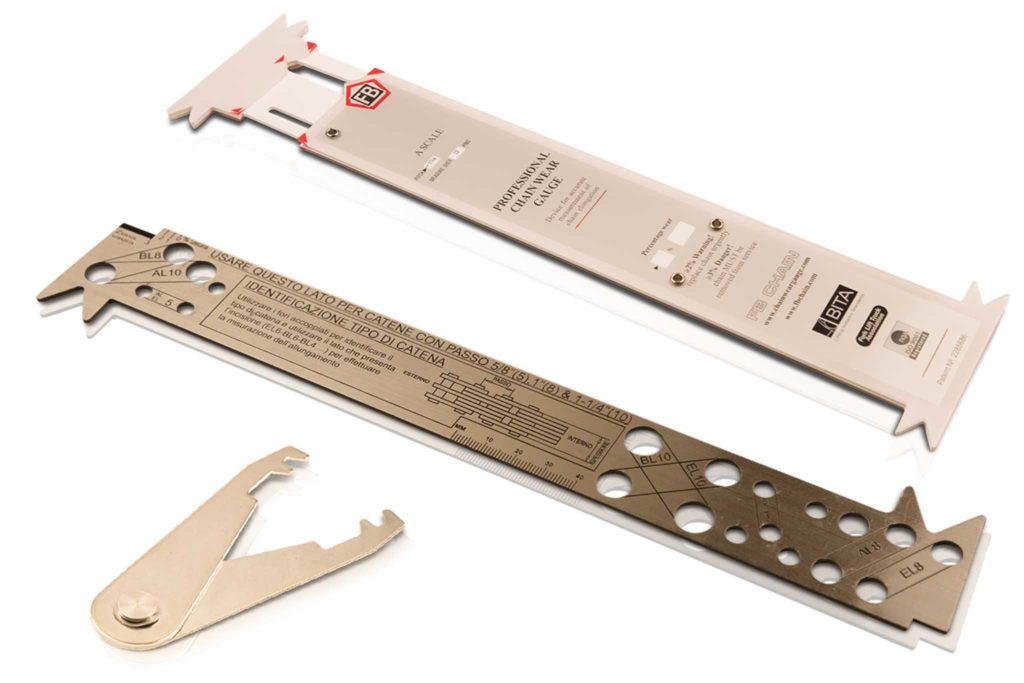 Too often, insiders do not take sufficient account of the “fatigue” to which forklifts and warehouse machines are subjected; it is true, these are robust vehicles and represent our trusted and powerful warehouse assistants able to withstand the most extreme efforts, but their strength and reliability must be treated and monitored constantly so that they last at their best over time
Too often, insiders do not take sufficient account of the “fatigue” to which forklifts and warehouse machines are subjected; it is true, these are robust vehicles and represent our trusted and powerful warehouse assistants able to withstand the most extreme efforts, but their strength and reliability must be treated and monitored constantly so that they last at their best over time
